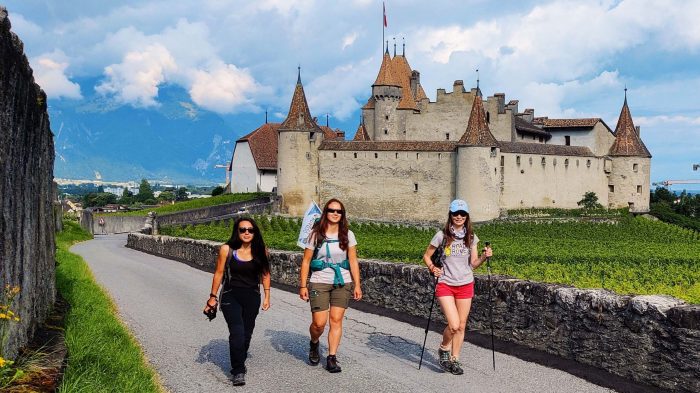THE VIA FRANCIGENA
The history
During Early Middle Ages, around the 7th century, the Lombards competed with Byzantines for the Italian territory. The strategic necessity to connect the Reign of Pavia and the southern dukedoms with a sufficiently safe road, led to the selection of an itinerary before that considered minor, that crossed the Apennines near the present Cisa Pass and that, after Valle del Magra, moved away from the coast towards Lucca.

The Via Francigena today
Taking that first step on the way to Rome, it does not matter where one sets off or if you are a great athlete. The Via Francigena, the historic route from northern Europe leading to the Eternal City, is for everyone. Set out on the Way and follow in the footsteps of the pilgrims who, even before the year 1000, travelled down the Italian peninsula. They came from the British Islands, from the Fench Kingdom, from the farthest Regions of the Emperor. From the mountain pass of the Great St. Bernard, through the valley of Aosta, they entered the beautiful country of Italy, with its cities rich in both history and art.


